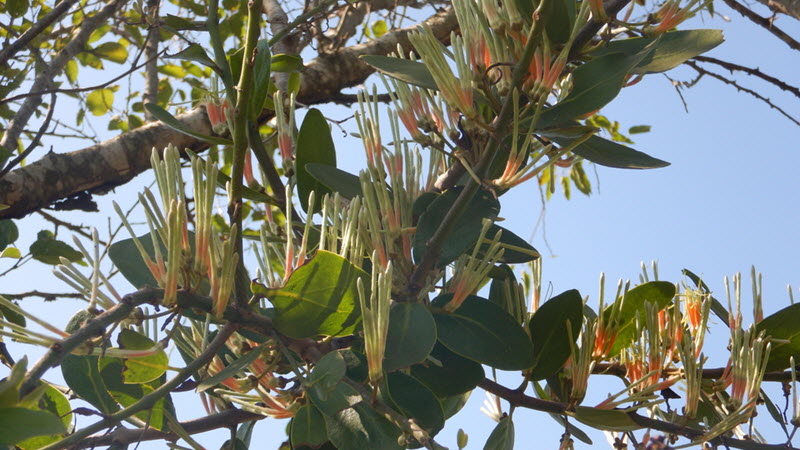- The iSpot web application allows users to post photos of plants and animals and receive crowdsourced help in identifying the species they’ve captured in photos
- The network connects novices with experts and allows users to gain and improve their reputation for familiarity with a group of species.
- The project aims to increase biodiversity knowledge through informal learning and community input while expanding information on species distributions.
Have you crowdsourced your research or conservation project yet? Should you? The growing trend of inviting masses of online volunteers to assist scientific research projects takes advantage of emerging technologies and people’s love of social networks.
Crowdsourcing involves outsourcing tasks to an undefined group of people. Crowdsourcing may allow a research team to complete a series of specific tasks, such as making repeated observations of a site (e.g. nest, stream) or reviewing large datasets of text, numbers or images, quickly and more affordably than hiring a team of technicians to do it. Moreover, in any crowd boasting a broad range of experience and knowledge, a few participants may pose a helpful idea or strategy that you, the project leader, may never have considered. Finally, by inviting open participation, crowdsourcing engages a broader spectrum of the public in scientific or conservation research and can expand participants’ familiarity with and knowledge of biodiversity.
Crowdsourcing case study: iSPOT
Building on the scientific research tradition of inviting volunteers to make observations of plants and animals in the field, The Open University in the U.K. has developed a web and mobile application called iSpot. This app allows and encourages people to identify photos of plants and animals uploaded via a social network.
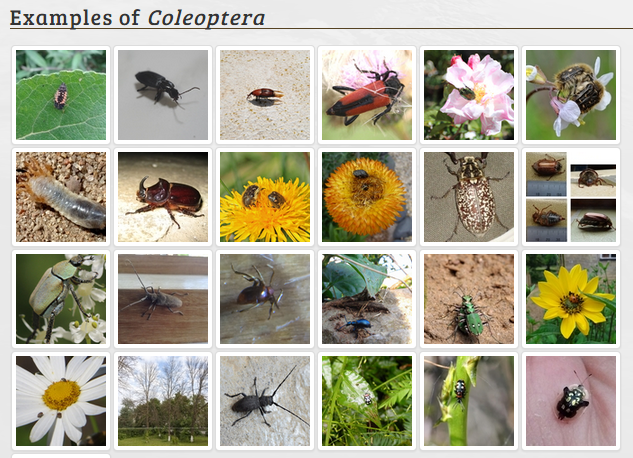
It aims to use a mobile, informal learning tool to “…create and inspire a new generation of nature lovers by getting people to explore, study, enjoy, and protect their local environment.”
While the site has received millions of visits, the registered user base of roughly 50,000 is concentrated in the UK. Users have posted over 500,000 observations of over 30,000 species since iSpot launched in 2009.
On the website, users can post photo observations of animals and plants, with a text description and the date and location of the observations, and the iSpot community helps identify them reliably. The output page contains the photo(s), a map, commenters’ suggestions for species name and taxonomic classification (i.e. the order, family and genus) of the specimen, the confidence the commenter has in his/her identification and the number of others agreeing with the suggestion.
Over 94% of observations submitted to iSpot receive some sort of identification, more than half of which are named within a few hours. Once armed with an initial name, other users, including the original poster, can explore available resources to refine the identification.
How does the tool ensure accurate identification?
The network encourages people to make informed suggestions and back their suggestions up with online references. Identifying a species correctly awards a user with a higher reputation within the taxonomic area in which he/she made the identification.
iSpot addresses the issue of non-experts identifying organisms through the participation of accepted experts in various natural history fields, who can verify identifications related to their field of study. Experts, who may be researchers or representatives of natural history organizations, may, in turn, find photos of interest taken by other users or benefit from the force of many people contributing their understanding of the species around them.
In addition, iSpot allows a user to build a taxon-specific reputation on the site based on correct identification of the species in photos.
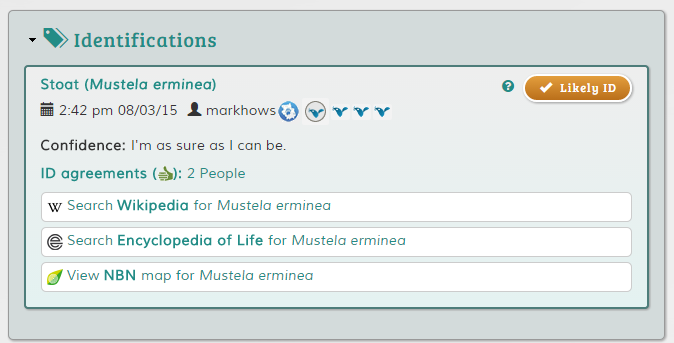
A user’s profile includes his or her “reputation,” which is earned by participating—adding observations and making comments—and by increasing his or her knowledge “score” for specific taxonomic groups. As a user, you can increase your score by contributing identifications other people agree with. Your score increases more when people with high scores agree with you than when people with low scores do. If an Expert (known from their everyday work or accepted knowledge in a field) agrees with your assessment, you get the maximum score for that identification.
By connecting beginners with experts in a field of interest to all participants, iSpot aims to address the increasing unfamiliarity people have with the natural world around them and build ecological expertise. According to its creators, it “connects people who need identification assistance with the multitude of those who are able and willing to help them.”
Data on the identifications made over time suggests that users do learn and improve their ability to identify species correctly.
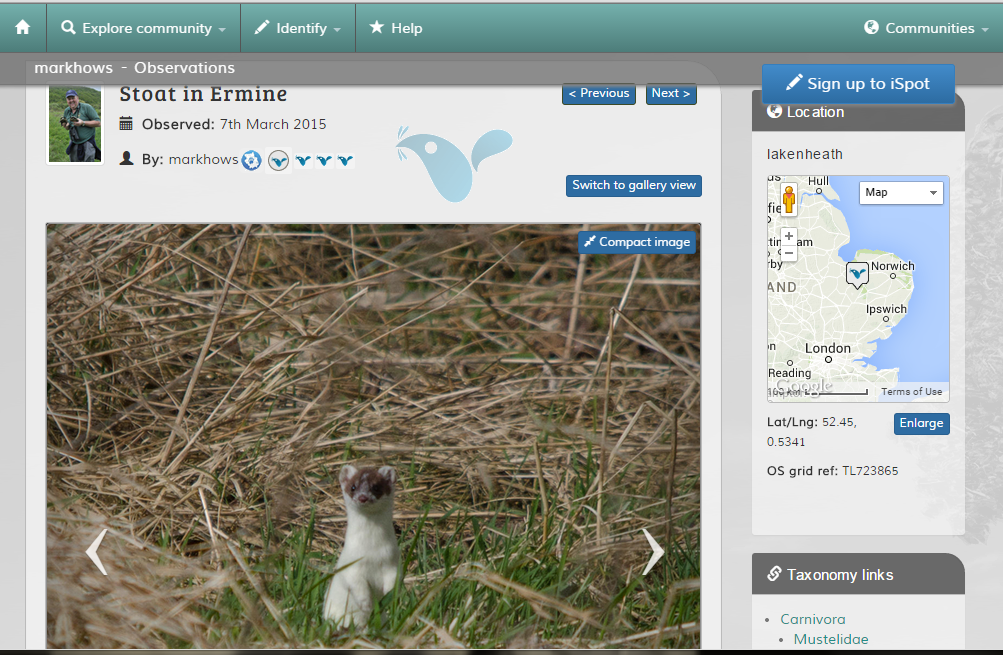
The system, however, is not perfect. Anyone requesting an ID of a photo must still wait for a response from the community – there is no single, correct answer. Users gain reputation through identifications in relatively few species groups; similarly you could technically raise your reputation by identifying very common species, without actually improving your knowledge of species. To address this issue, the development team designed a set of quizzes at each level of knowledge to encourage users to broaden their exploration to previously unknown species groups.
The potential of informal biodiversity learning
Participants learn not only the name of an organism they have observed, which may lead them to explore a bit of its ecology, but they also pick up the process of recording observations of species. This process of positing an identity and adding the location, date, and time of the observation to the name of the species they saw teaches them about biodiversity monitoring and research.
According to Janice Ansine, the iSpot manager, “Being able to correctly identify plant and wildlife is a key skill to furthering our understanding of biodiversity, but sadly one that tends to be neglected in formal education at all levels. This research shows that a social network such as iSpot is an incredibly effective tool in not only connecting nature lovers from across the globe, but also in capturing invaluable biodiversity data and insight.”
Similar websites, such as iNaturalist.org, ProjectNoah.org, Discoverlife.org, Bugguide.net and Snapshotserengeti.org, also crowdsource the identification of organisms. While coordination might bring these groups together and create a single more extensive and possibly better-informed community, the systems all encourage people to look around them, record what they see, ask questions, research the answers, collaborate, comment, contribute and learn.
According to a 2015 review, the iSpot platform alone compiles biodiversity data used by more than 150 natural history organizations for a range of projects, from creating species lists for local nature reserves, to confirming presence of a particular plant species, to assessing extent of invasive species distribution. A public that is better informed and has a greater interest in the natural world can only help improve the conservation of its species.
Have you or a colleague used crowdsourcing for a research or conservation project? Was it helpful? Leave a comment if you can help others learn more.
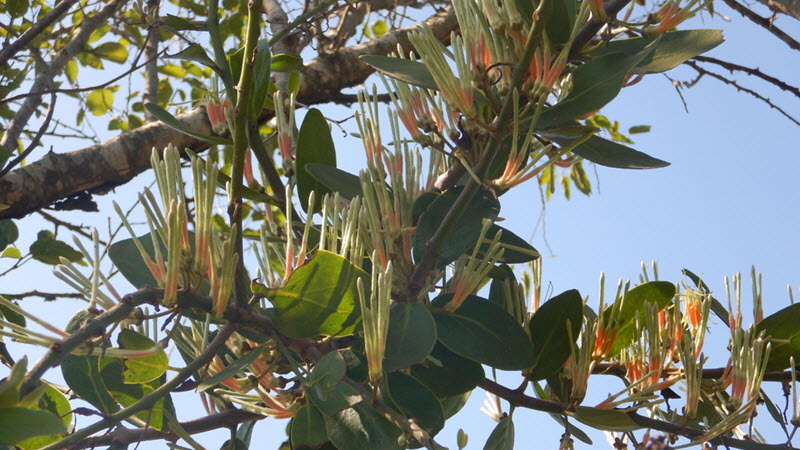
References
Scanlon E, Woods W, Clow D. 2014. Informal Participation in Science in the UK: Identification, Location and Mobility with iSpot. Educational Technology & Society: 17: 58–71.
Silvertown J, Harvey M, Greenwood R, Dodd M, Rosewell J, Rebelo T, Ansine J, McConway K.2015. Crowdsourcing the identification of organisms: A case-study of iSpot. ZooKeys 480: 125-146. doi: 10.3897/zookeys.480.8803
